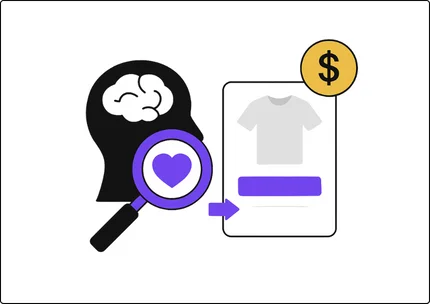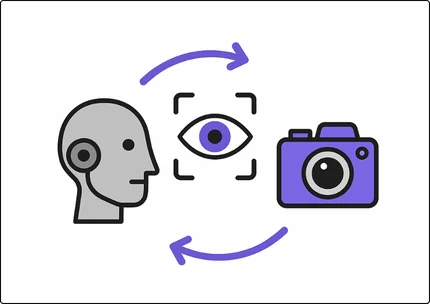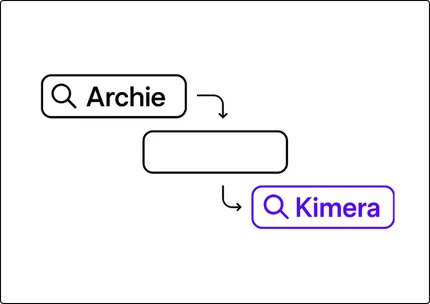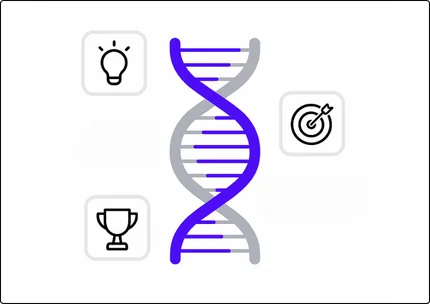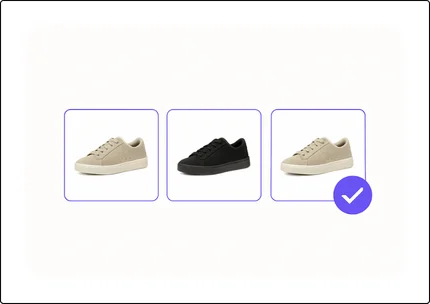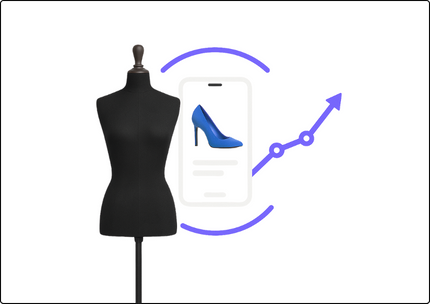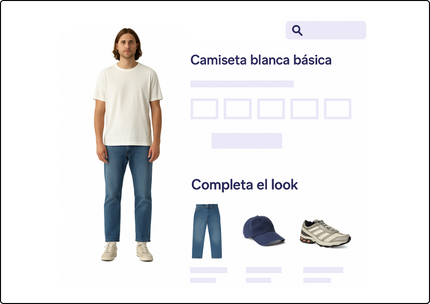We often tend to confuse the two terms, blurring the boundaries between Computer Vision and Data Science. It is true that they are intimately related and one of them feeds the other, but this does not happen in a reciprocal way. That is why we are going to try to solve some doubts in this article.
Let’s start at the beginning. What is Computer Vision? The term is used to encompass the field that allows systems to generate, process, understand and analyze images and videos and extract useful information for further processing.
It is a subfield of Artificial Intelligence that provides information through advanced algorithms, processing information based on the visual characteristics of images and videos.
There are many attributes related to Computer Vision, among the most common features we find functionalities such as facial recognition, to be able to identify faces in images or moving images.
Most common industries in Computer Vision
Computer Vision uses computational methods to help systems read, analyze and interpret digital images. Early adopters of this technology are companies in healthcare, fashion, real estate, automotive and manufacturing industries.
Computer Vision in healthcare
Thanks to Computer Vision, the healthcare care sector has benefited greatly, as it is now possible to diagnose a patient more quickly. Diagnostic imaging does not replace the medical professional, but it speeds up the detection of diseases such as cancer thanks to the patterns that have been studied for early identification and detection.
Computer Vision in fashion
In the case of the fashion industry, the role that Computer Vision generally plays is almost an accelerator of processes. For example, within a catalog, Computer Vision can be used to classify images that comply with a certain characteristic or follow a pattern. Thus, we find an infinite number of online catalogs that allow us to filter until we find the desired article.
Another application within the fashion sector, which is being implemented by more and more businesses, is the system that allows us to obtain a preview of how a garment would look on our body. This technology uses a combination of images from its database against another that is being read in real time.
Computer Vision in real estate
The real estate sector has had to make a very rapid digital transformation due to the pandemic. It has gone from being one of the sectors whose sales professionals worked in the most traditional way, to trying to be as technological and fast as possible.
This digitalisation process has been enriched thanks to many platforms that are committed to saving their workers’ time with the use of Computer Vision for the rapid identification of images. Computer Vision in automotive.

One of the most notorious industries, perhaps due to its rapid evolution process, is the motor industry and the automotive sector in general, in which techniques have been incorporated gradually, to the point that some cars can drivewithout human intervention. These systems have not yet been legalized, but mightnot take long to become a reality.
Computer Vision in manufacturing
In manufacturing and, of course, in the field of Industry 4.0, something similar to what happened in the healthcare industry has happened. Thanks to the incorporation of Computer Vision solutions, manufacturing processes have been improved, optimized, made much more efficient and contributed to the reduction of waste in the production process.
How Computer Vision helps Data Science
Computer Vision brings an immeasurable amount of information of immeasurable quality to the knowledge base, which is the Data Science movement.
Data is information and information is the most valuable thing that any entity, government, organization or even any person possesses. That is why a tool such as Computer Vision that can generate so much information on videos or images becomes a perfect ally to nurture Data Science.
Data Science combines different processes that draw from various databases to transform them and generate new, much more complex and enriched knowledge bases. This type of model, known as Machine Learning, is part of Artificial Intelligence. But that will be content that we will discuss in the future, in the meantime, stay tuned to Kimera’s blog!
